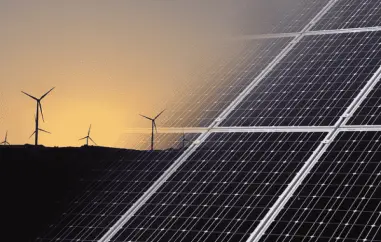Japan's Producer Price Index Reaches New Heights in 2024
Japan's producer price index (PPI) has set a new record for the third consecutive year in 2024, as indicated by a recent report from the Bank of Japan. This rise reflects the ongoing adjustments by businesses to account for increased material and labor expenses. The PPI, which gauges the prices of goods exchanged among companies, surged by 2.3% compared to the previous year, reaching a level of 122.6, with the base year set at 100 in 2020. This marks the fourth consecutive year of growth for the index.
Breaking down the index by category, nonferrous metals experienced a notable increase of 12.2%, driven by elevated market prices for copper and aluminum. Similarly, prices for agricultural, forestry, and fishery goods rose by 9.7%, primarily due to spikes in rice prices. The food and beverage sector also saw a price increase of 2.6%, attributed to higher costs of raw materials.
In contrast, the prices of lumber and wood products decreased by 4.0%, reflecting a downturn in housing demand. Additionally, prices for electricity, city gas, and water fell by 5.2% as a result of reduced costs for liquefied natural gas and coal.
The import price index, which tracks the yen-denominated prices of goods imported into the country, rose by 2.7%. This increase was largely influenced by the significant depreciation of the yen, which saw the dollar briefly surpass the ¥161 mark in the previous summer. A representative from the Bank of Japan remarked that the weakening yen and companies' efforts to adjust prices in response to rising material and labor costs were persistent themes throughout the year. The central bank will continue to monitor corporate pricing behaviors and international commodity market trends.
In December 2024 alone, the PPI increased by 3.8% year-on-year, reaching 124.8, marking the 46th consecutive month of growth. Out of the 515 items surveyed, 389 experienced price increases, while 103 items recorded declines. Notably, prices for electricity, city gas, and water surged by 12.9% due to the conclusion of a government subsidy program, while agricultural, forestry, and fishery products skyrocketed by 31.8%, largely driven by rising rice prices.









































